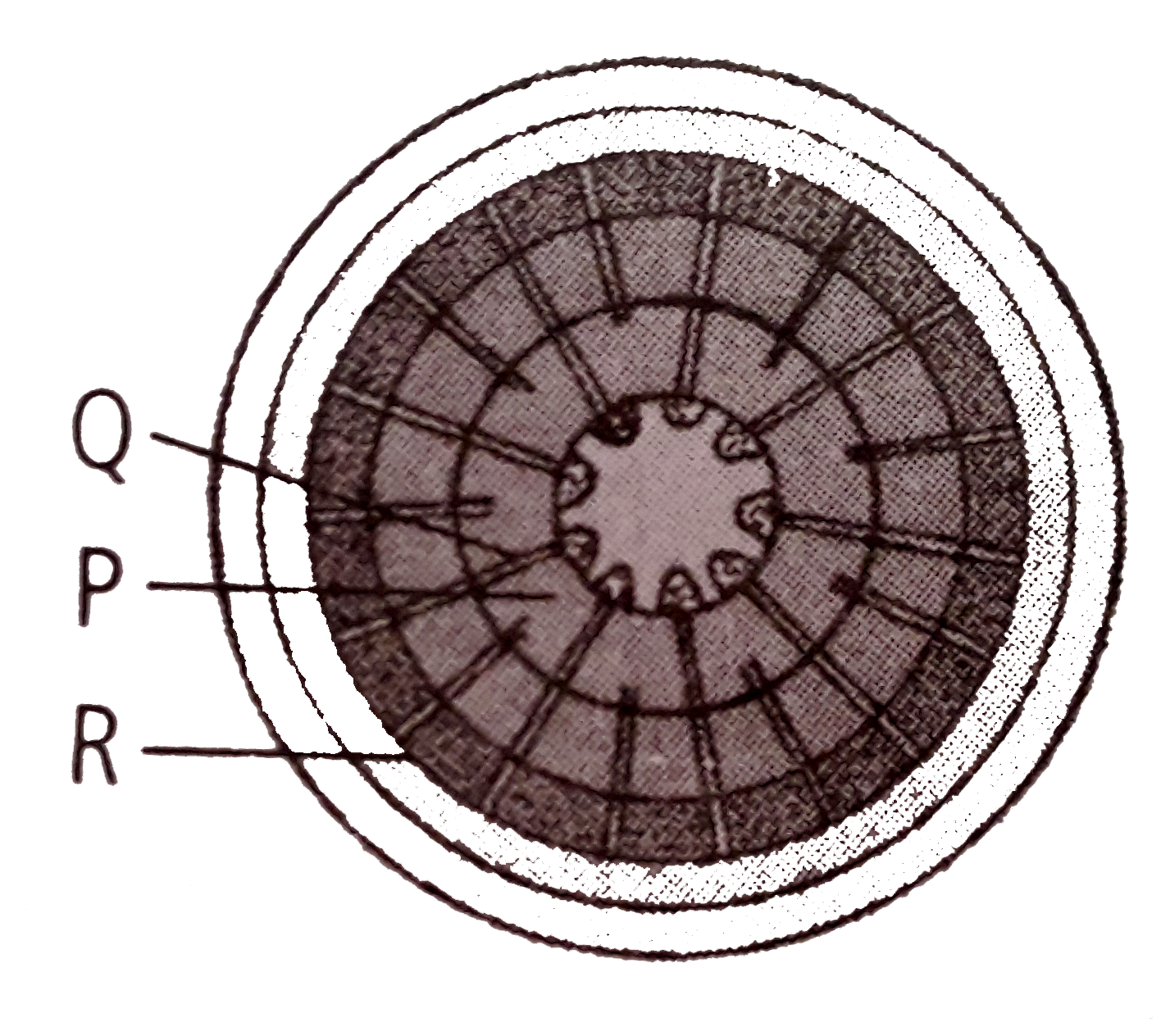The vascular cambium normally gives rise to
A
Primary phloem
B
Seconday xylem
C
Periderm and secondary xylem
D
Phelloderm
Video Solution
Text Solution
The correct Answer is:B
The vascular cambium normally gives rise to secondary xylem.
|
Updated on:21/07/2023
Topper's Solved these Questions
- BOOK - A2ZCHAPTER - ANATOMY OF FLOWERING PLANTSEXERCISE - Section C : Previous Years' Examination Question (AIIMS Question)17videos
ANATOMY OF FLOWERING PLANTS
- BOOK - A2ZCHAPTER - ANATOMY OF FLOWERING PLANTSEXERCISE - Section C : Previous Years' Examination Question (Assertion-Resaoning Type Question)9videos
ANATOMY OF FLOWERING PLANTS
- BOOK - A2ZCHAPTER - ANATOMY OF FLOWERING PLANTSEXERCISE - Section B : Assertion-reasoning Questions12videos
ANATOMY OF FLOWERING PLANTS
- BOOK - A2ZCHAPTER - ANIMAL KINGDOMEXERCISE - Section D : Chapter End Test50videos
ANIMAL KINGDOM
Similar Questions
Knowledge Check
- Question 1 - Select One
The vascular cambium normally gives rise to
APhellodermBPrimary phloemCSecondary xylemDPeriderm - Question 2 - Select One
Vascular cambium forms :-
ASecondary xylem & secondary phloemBprimary xylem & Primary PhloemCOnly Secondary phloemDOnly Primary xylem - Question 3 - Select One
The vascular cambium in dicots is
ALateralBApicalCIntercalaryDSecondary
vascular cambium produces
View Solution
During the secondary growth in a dicotyledonous stem, the fusiform initials of vascular cambium give rise to which of the given labelled part?View SolutionThe vascular cambium of dicot stem is
View SolutionVascular cambium are examples of
View SolutionRemoval of ring wood of tissue outside the vascular cambium from the tree trunk kills it because
View Solution

